According to experts, the transition from a linear economic model that consumes a lot of resources to a circular economy not only brings practical benefits to businesses, but also to partners and the community.
Focus on management along the plastic value chain
According to statistics from the Vietnam Plastics Association, the amount of plastic waste and nylon bags in Vietnam accounts for about 8 - 12% of domestic solid waste. However, only about 12% of plastic waste and nylon bags are treated and recycled. The rest is mainly buried, burned and discharged into the environment.
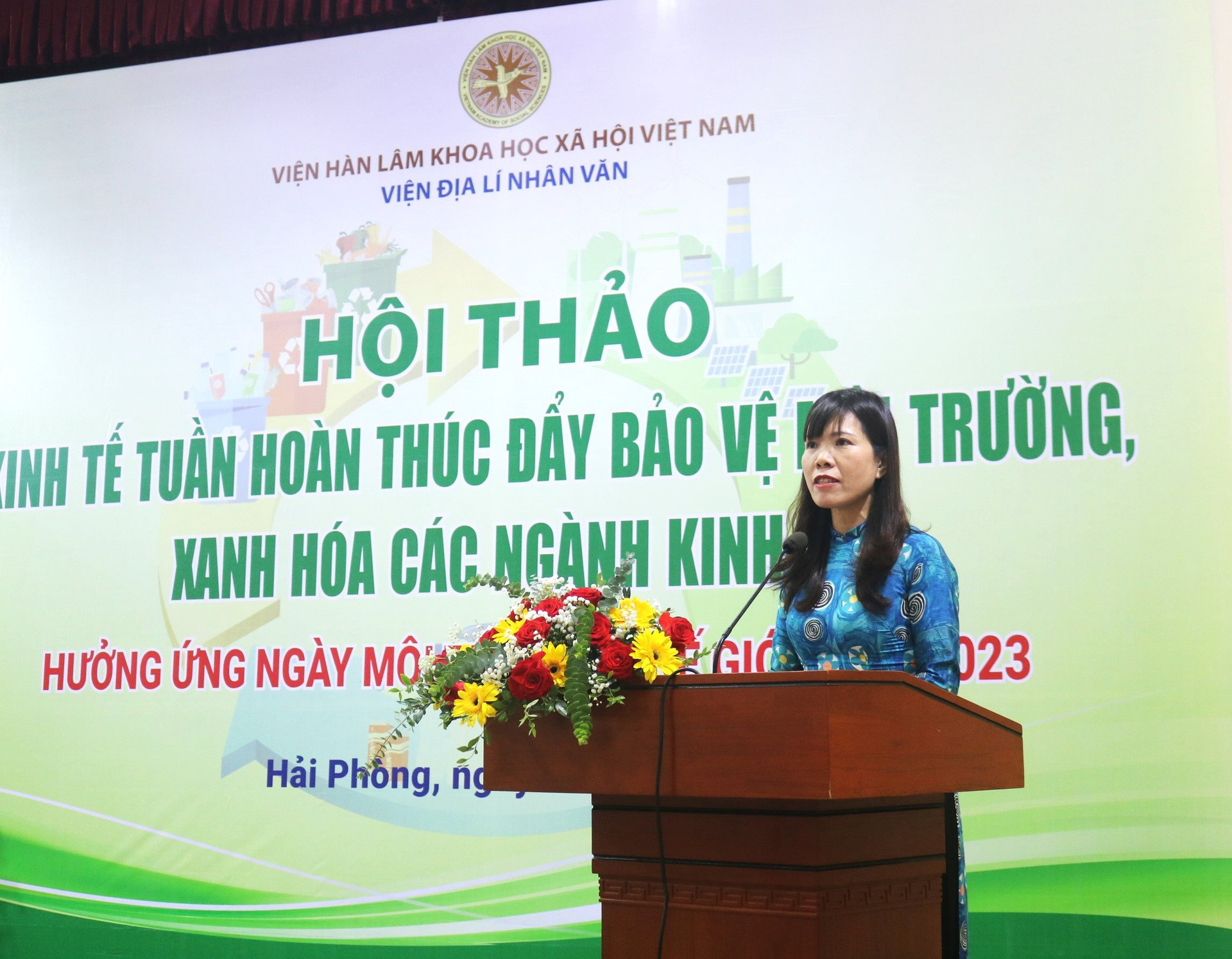
In 2023, the theme of World Environment Day is “Beat Plastic Pollution”, to emphasize the message of building a sustainable lifestyle; controlling and solving plastic waste pollution through policies, initiatives and global cooperation mechanisms; increasing recycling and reuse; promoting the building of a green economy and circular economy.
According to Dr. Nguyen Song Tung - Director of the Institute of Human Geography, to reduce plastic waste and move towards a circular economy in the plastic industry, Vietnam needs to manage the plastic value chain, starting from the design and production stages and controlling input materials; promote environmental protection during the production, trade and consumption stages; limit the use of disposable plastic products and plastic packaging materials...
Although the trend of developing a green, circular economy has not appeared for long, with the advantage of being a latecomer, Vietnam can completely develop a comprehensive green economy, aiming at sustainable development, achieving the goal of harmonizing economic growth, ensuring social security, and protecting the environment. This is considered an opportunity for sustainable economic development, bringing many benefits to the country, businesses, and improving the quality of life for the people - Dr. Nguyen Song Tung emphasized.
According to Dr. Nguyen Dinh Dap, an environmental expert, Vietnam's plastic product export turnover increases by an average of 20% per year. This shows that the potential for the development of the recycled plastic industry is huge, and at the same time, the business of recycling plastic waste also brings many benefits. For example, saving energy for the production of virgin plastic, helping to save non-renewable resources such as petroleum; solving a series of environmental problems such as loss of urban aesthetics, clogged sewers, land degradation, etc.
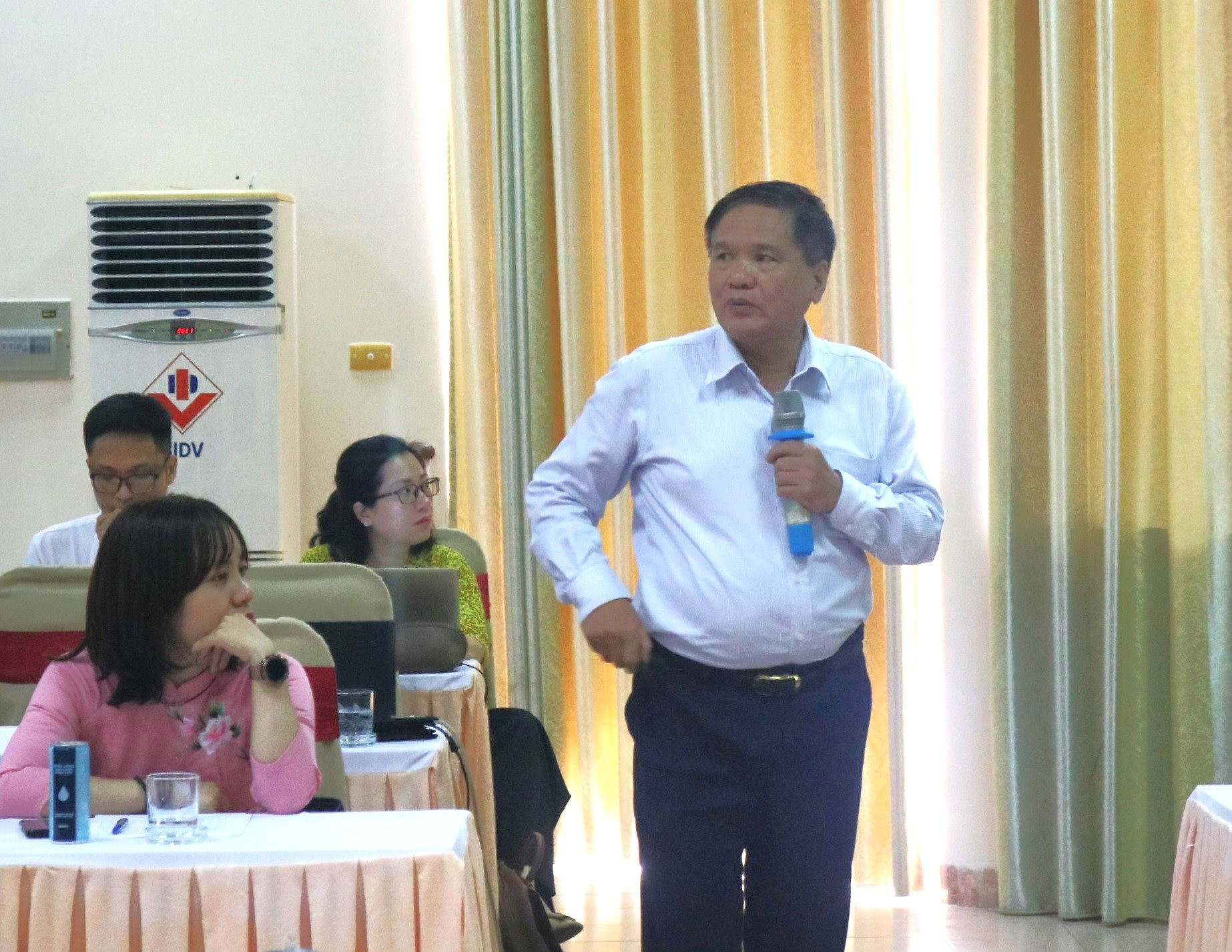
Emphasizing the economic aspect, Associate Professor, Dr. Nguyen The Chinh, Director of the Institute of Environmental Economic Policy, said that, basically, the circular economic model is implemented in production and business activities and business owners play a key role.
In the context of opening up and integrating into the world economy, Vietnam's economy has been deeply integrated into the world economy, especially through new generation free trade agreements, with high requirements on the quality of goods. Therefore, implementing a circular economic model for goods, especially goods exported to markets requiring high quality, such as the EU, the US, Japan, Australia, etc., is to meet environmental criteria and green labels, eco-labels.
Advantages of circular industrial parks
Representative of Nam Cau Kien Eco-Industrial Park ( Hai Phong ), Dr. Pham Hong Diep - Chairman of the Board of Directors of Shinec Joint Stock Company said that Nam Cau Kien is transforming the eco-industrial park model towards carbon neutrality, on the basis of applying the circular economic model. Along with the completion of infrastructure, environmental protection works are given special attention to fully develop, the industrial park has built a system to collect and transport all wastewater generated from enterprises and treat it to meet standards before discharging into the environment.
Notably, the Industrial Park has applied "local circulation" measures combined with "comprehensive circulation" to solve this problem. Thanks to that, the water source is closed and circulated, reducing the impact of pollution and water resources. The practical benefits are first reflected in the tax payment results to the State budget. In 2021 alone, Nam Cau Kien Industrial Park paid more than 1,000 billion VND to the budget.
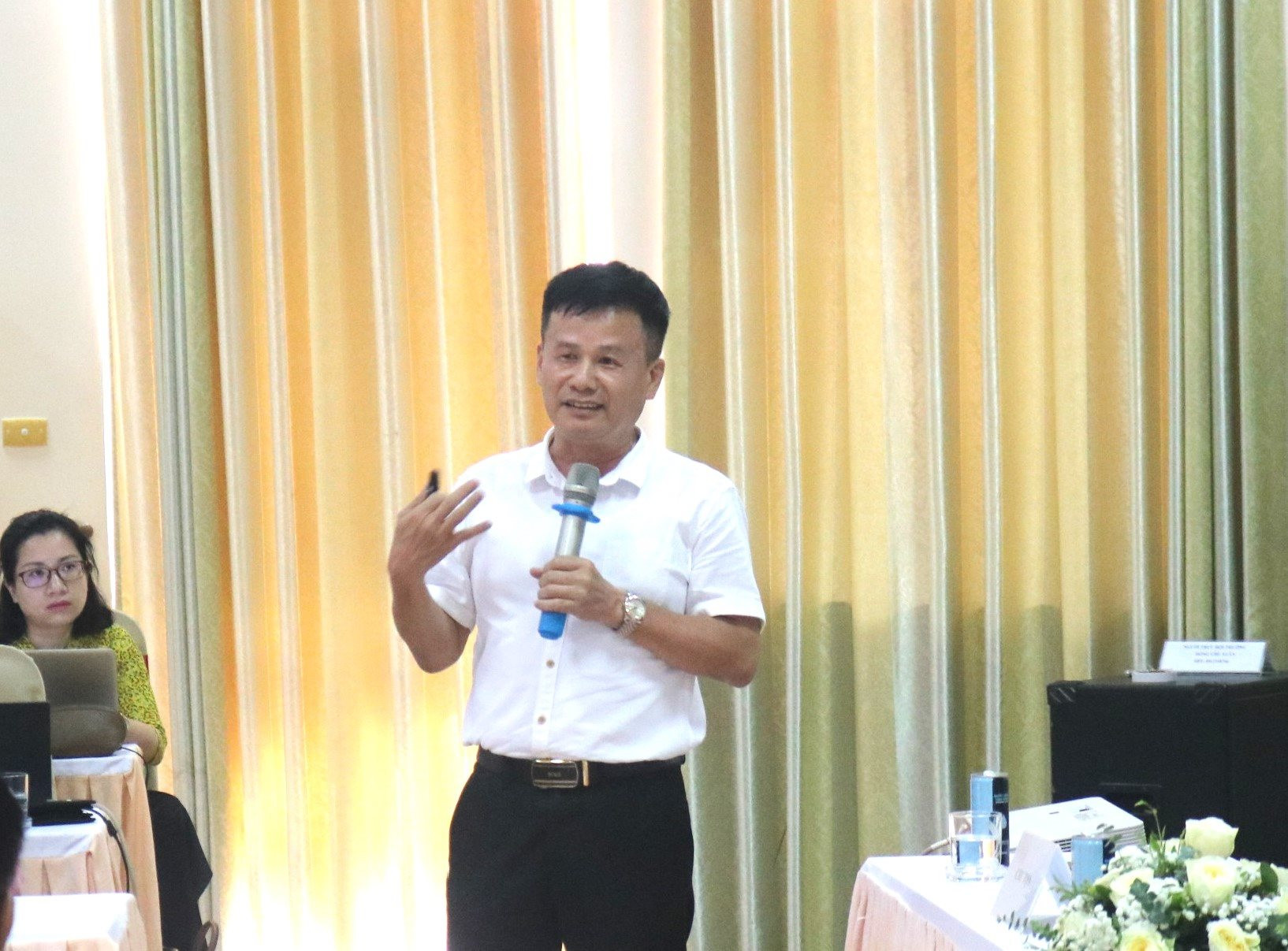
Participating in the industrial symbiosis chain in Nam Cau Kien helps businesses significantly improve their economic and environmental efficiency. Currently, the industrial park is on the path to zero net emissions in both waste and carbon emissions, covering the roof of the industrial park with solar panels... Mr. Diep said that the superiority of the symbiotic business model in the industrial park is the closed cycle in the production cycle. Accordingly, there will be no waste leaving the industrial park, the input of one business is the waste of another, all are produced with renewable materials.
Sharing and contributing ideas on the contents of circular economic development in the coming time, delegates attending the workshop said that for a country like Vietnam, implementing a circular economy contains both opportunities and barriers. In particular, there must be efforts from government agencies, organizations and individuals in the country to perfect the system of institutions, mechanisms, policies and laws in a synchronous manner.
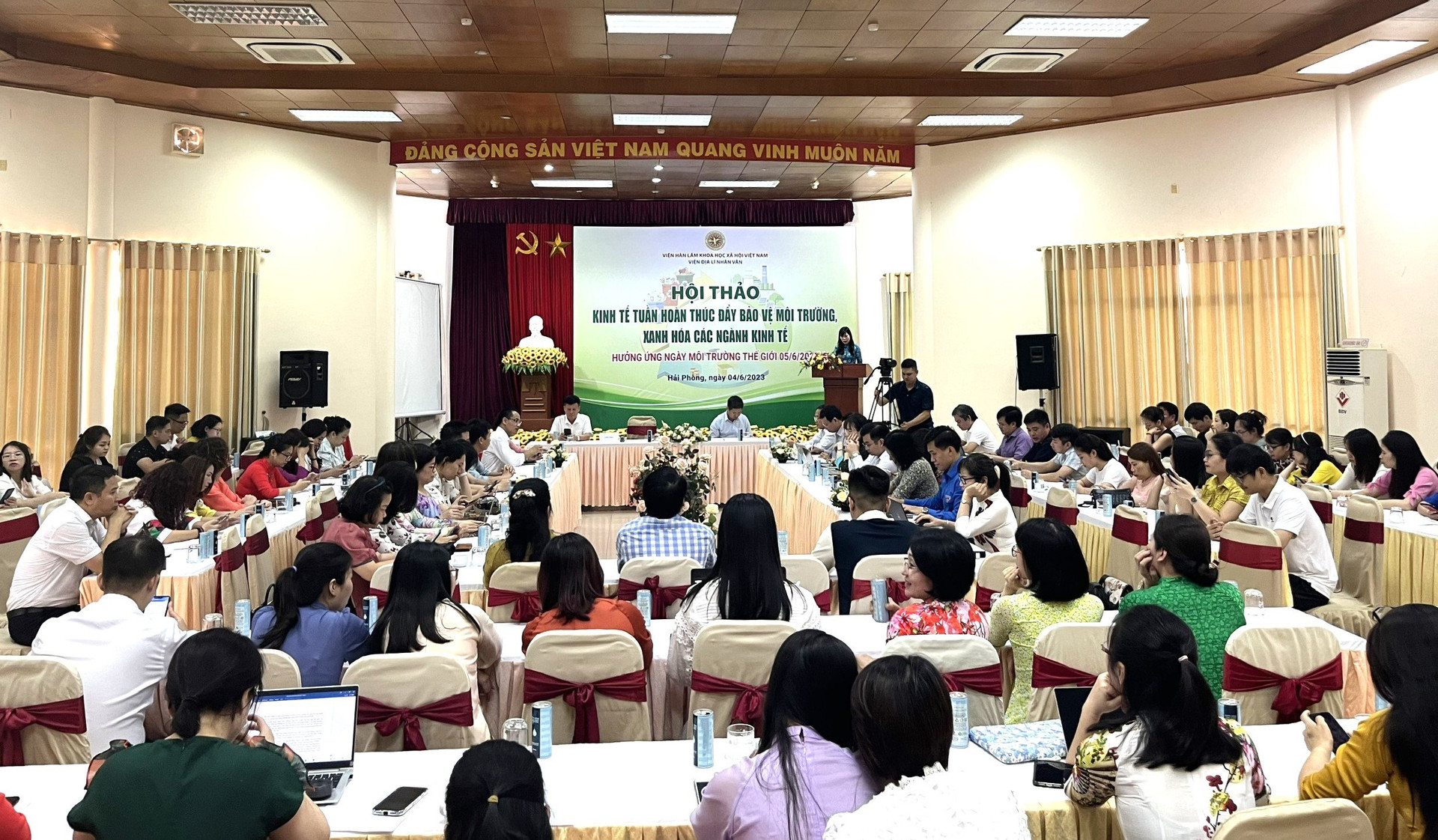
In the short term, Vietnam needs to focus on putting the provisions of the 2020 Law on Environmental Protection into practice and promptly develop a national action plan on implementing a circular economy to select priority areas.
In the long term, the relevant legal system needs to integrate circular economy thinking to improve other relevant regulations such as laws on public investment to promote green public procurement, laws on taxes and environmental protection fees to regulate the behavior of producers and consumers in an environmentally friendly direction; laws on standards and regulations to assign clear responsibilities to ministries and branches in developing standards and regulations for raw materials and secondary materials; laws on consumer rights protection to ensure "the right to repair and update products, and extend product life cycles".
In particular, the legal system needs to promote the Government's creative role in management and policy making to stimulate more and more organizations and individuals to innovate, create, and apply circular economic solutions in the process of design, production, distribution, consumption, and waste management to create circular loops, systematically connecting to build a circular society.
Source


![[Photo] Ready for the top competitions of Vietnamese table tennis](https://vphoto.vietnam.vn/thumb/1200x675/vietnam/resource/IMAGE/2025/5/18/9c547c497c5a4ade8f98c8e7d44f5a41)
![[Photo] Many young people patiently lined up under the hot sun to receive a special supplement from Nhan Dan Newspaper.](https://vphoto.vietnam.vn/thumb/1200x675/vietnam/resource/IMAGE/2025/5/18/6f19d322f9364f0ebb6fbfe9377842d3)



![[Photo] Party and State leaders attend the special art program "You are Ho Chi Minh"](https://vphoto.vietnam.vn/thumb/1200x675/vietnam/resource/IMAGE/2025/5/18/6895913f94fd4c51aa4564ab14c3f250)
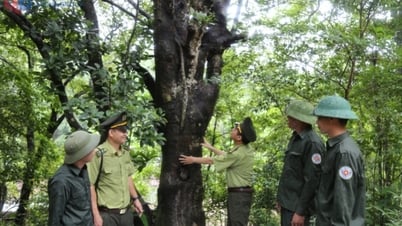


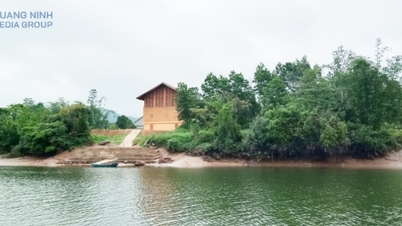

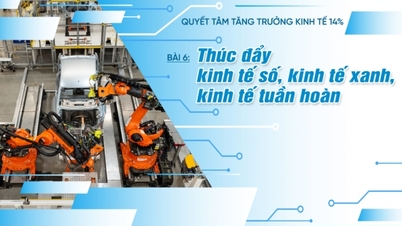
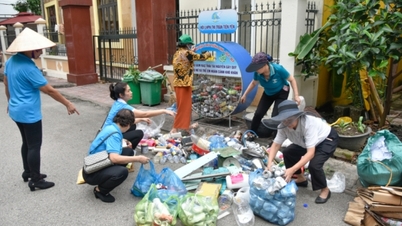


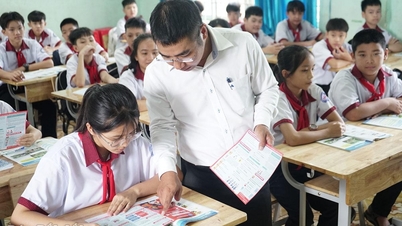

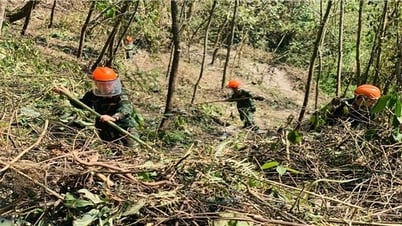


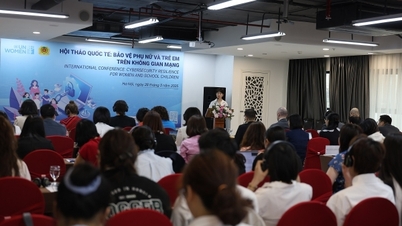




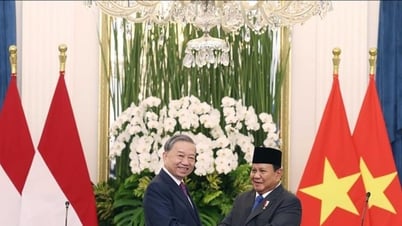
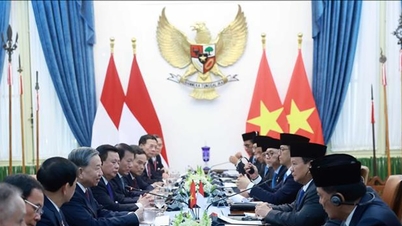
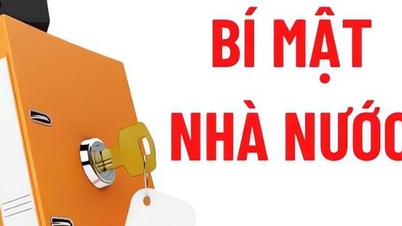
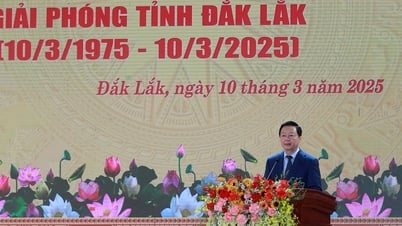
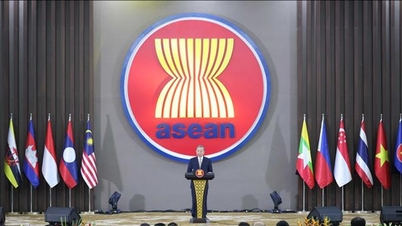


















































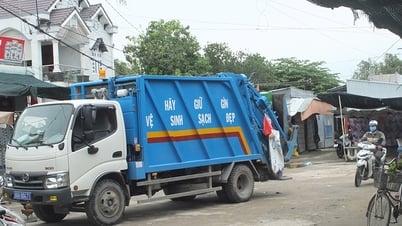
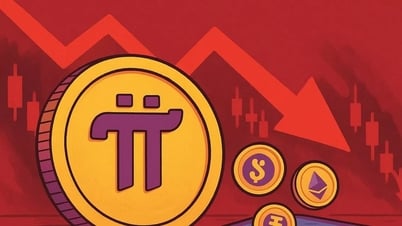



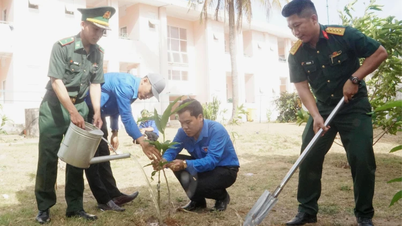

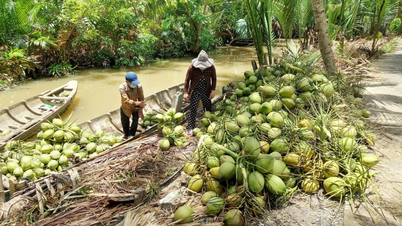










Comment (0)